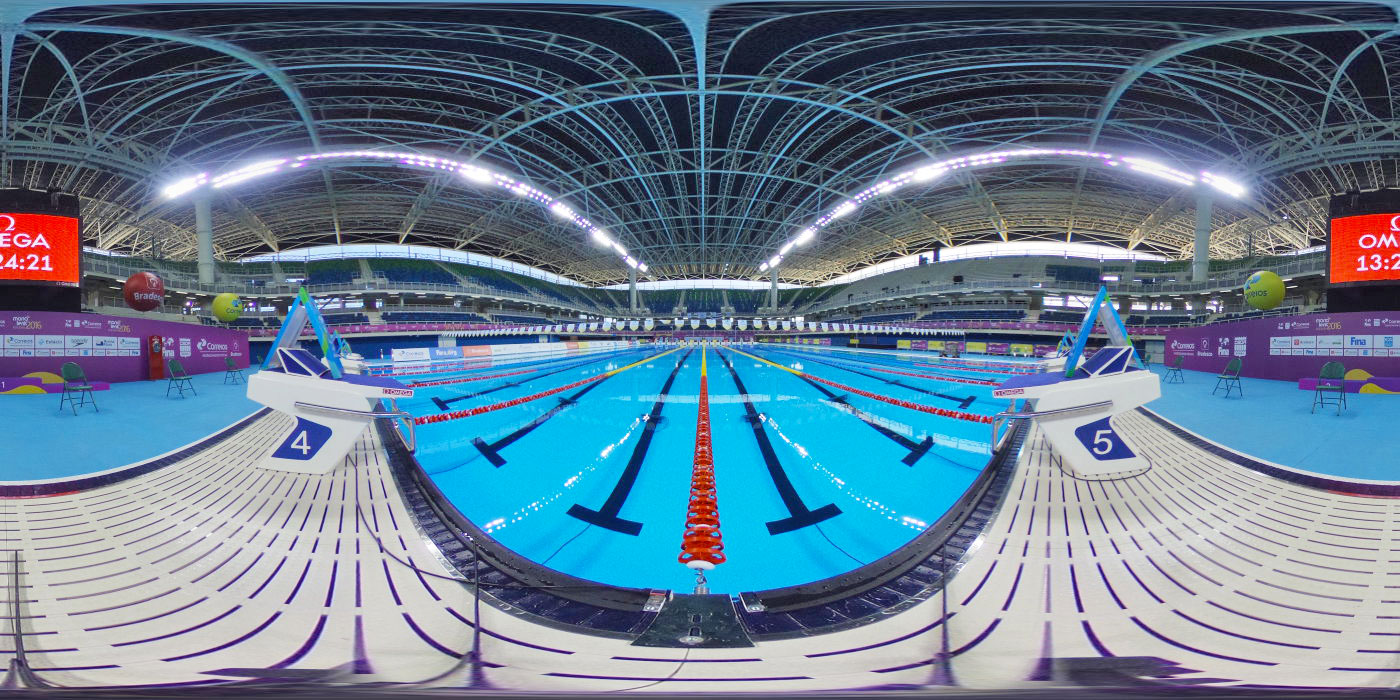Getty launches VR group with 12,000 stock images
Getty Images, responsible for many of the stock photos you see on the web, has launched a VR division called Getty Images Virtual Reality Group. The company is betting big that virtual reality via headsets like the Oculus Rift and HTC Vive is the future of media, and not a passing fad. The company already has 12,000 360-degree images, but will boost that number considerably at the 2016 Rio Olympics. As the official photo agency, Getty will equip each of its photographers with a 360-degree camera to supplement their regular still cameras.
“The technology is still in its infancy — as are the business models addressing how to use it — but we can expect to see VR become a leading tool for visual storytelling,” says Getty CEO Dawn Airey. However, the company doesn’t yet have a lot of data to base that on, as Vive and Rift sales are still largely unknown. However, Samsung recently said it has sold over a million Gear VR headsets for its Galaxy smartphones, and Google has shipped 5 million Cardboard viewers as of the beginning of 2016.

It’s also a bit hard to see how Getty will sell 360-degree imagery, since its stock photos generally accompany news stories or corporate websites, which aren’t exactly ripe for VR. However, it does have an agreement with Google, in which it supplies hi-res VR photos for Google Expeditions. It also partnered with Oculus Rift on an app called 360° View by Getty Images.
The best use case, as Getty says, is probably to make users feel they’re right there at an event. “The diverse range of 360 degree content that we produce — from the red carpet to the stadiums of the world’s biggest sporting events and the frontline of conflict – allows people to access information and experiences that were previously off limits,” says Airey.
(28)




